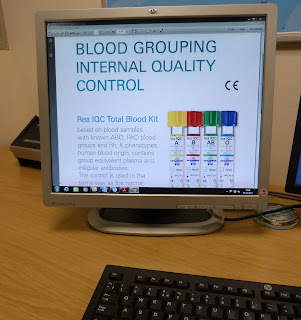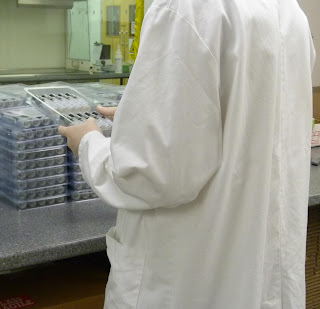Worthington Biochemicals has a great scheme that should bring a smile to the face of any laboratory manager - especially to those who manage the budget. Worthington operates a 'try before you buy' scheme and the idea has grown in popularity since it was introduced.
It works like this. Imagine that you want to purchase some Collagenase to use in a research project. Well, as any researcher knows, there's Collagenase and there's Collagenase. In other words, not just any Collagenase will do. For various reasons beyond my meagre comprehension, one needs just the right sort of Collagenase if things are going to work.
And that's where the scheme comes in. If you are prepared to commit to a purchase, Worthington will allow you to try out several varieties of Collagenase until you find the one that's right for you. Those who have taken part in the scheme seem convinced. And if you feel that this makes sense to you, feel free to contact Claire by emailing claire@lornelabs.com. And I promise that it will only take one email to find the right Claire.
______________________________________________________________________________
It works like this. Imagine that you want to purchase some Collagenase to use in a research project. Well, as any researcher knows, there's Collagenase and there's Collagenase. In other words, not just any Collagenase will do. For various reasons beyond my meagre comprehension, one needs just the right sort of Collagenase if things are going to work.
And that's where the scheme comes in. If you are prepared to commit to a purchase, Worthington will allow you to try out several varieties of Collagenase until you find the one that's right for you. Those who have taken part in the scheme seem convinced. And if you feel that this makes sense to you, feel free to contact Claire by emailing claire@lornelabs.com. And I promise that it will only take one email to find the right Claire.
______________________________________________________________________________







